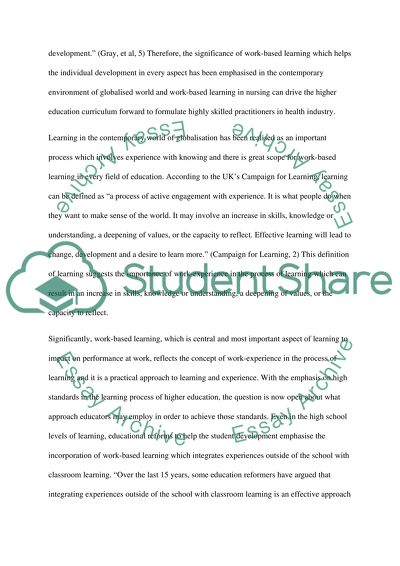Cite this document
(“Work-based Learning Essay Example | Topics and Well Written Essays - 3500 words”, n.d.)
Retrieved from https://studentshare.org/education/1507203-work-based-learning
Retrieved from https://studentshare.org/education/1507203-work-based-learning
(Work-Based Learning Essay Example | Topics and Well Written Essays - 3500 Words)
https://studentshare.org/education/1507203-work-based-learning.
https://studentshare.org/education/1507203-work-based-learning.
“Work-Based Learning Essay Example | Topics and Well Written Essays - 3500 Words”, n.d. https://studentshare.org/education/1507203-work-based-learning.


